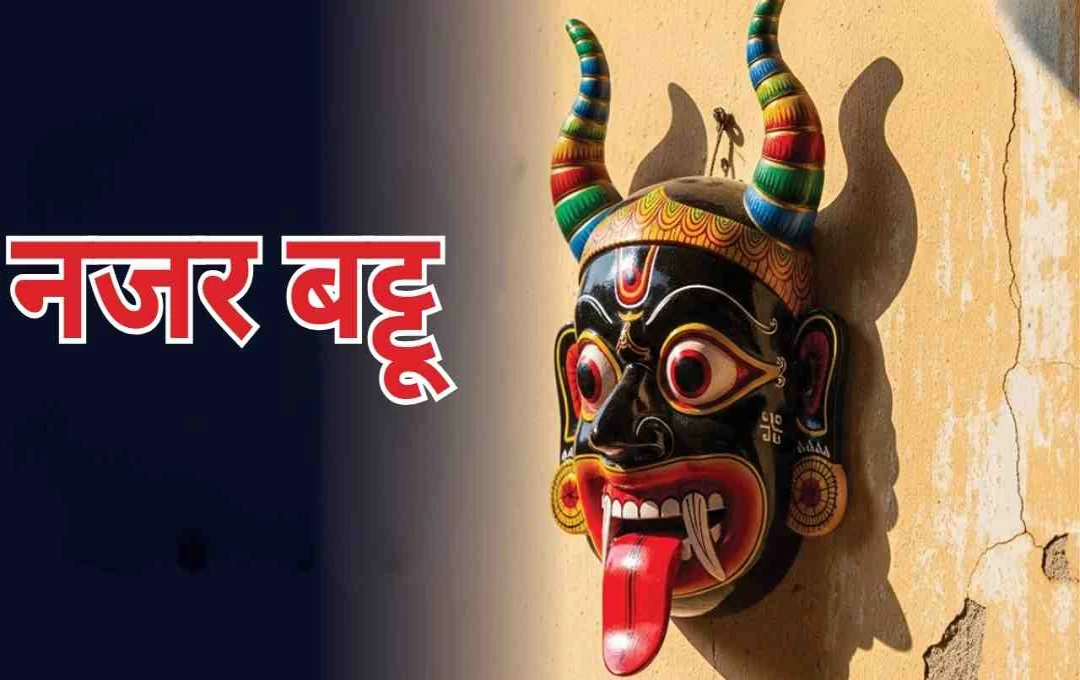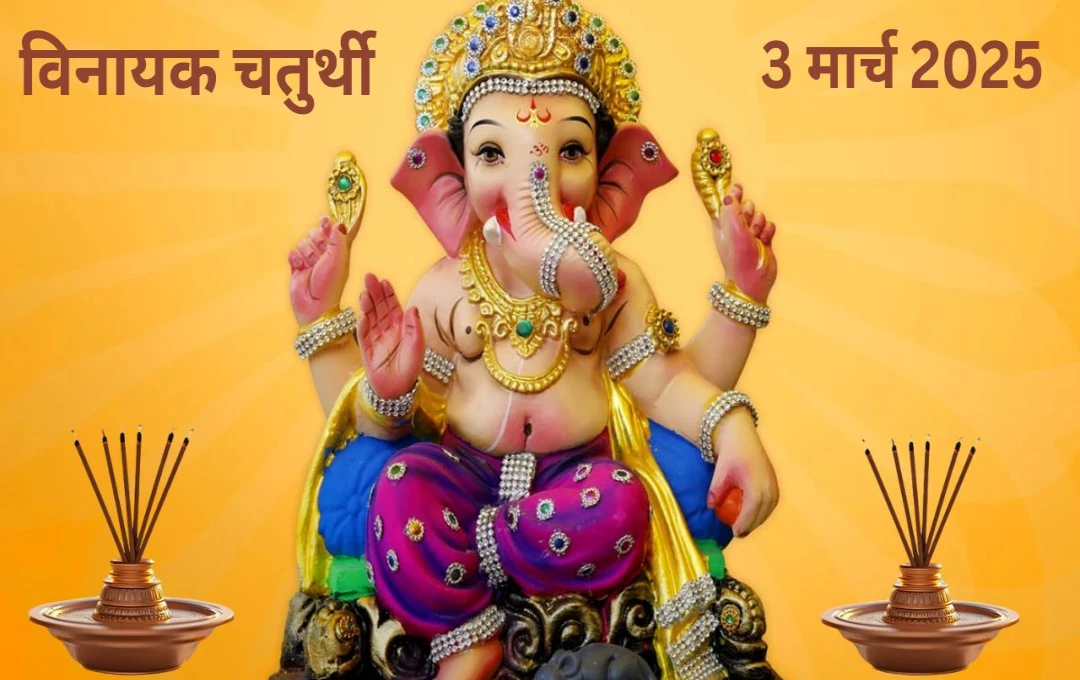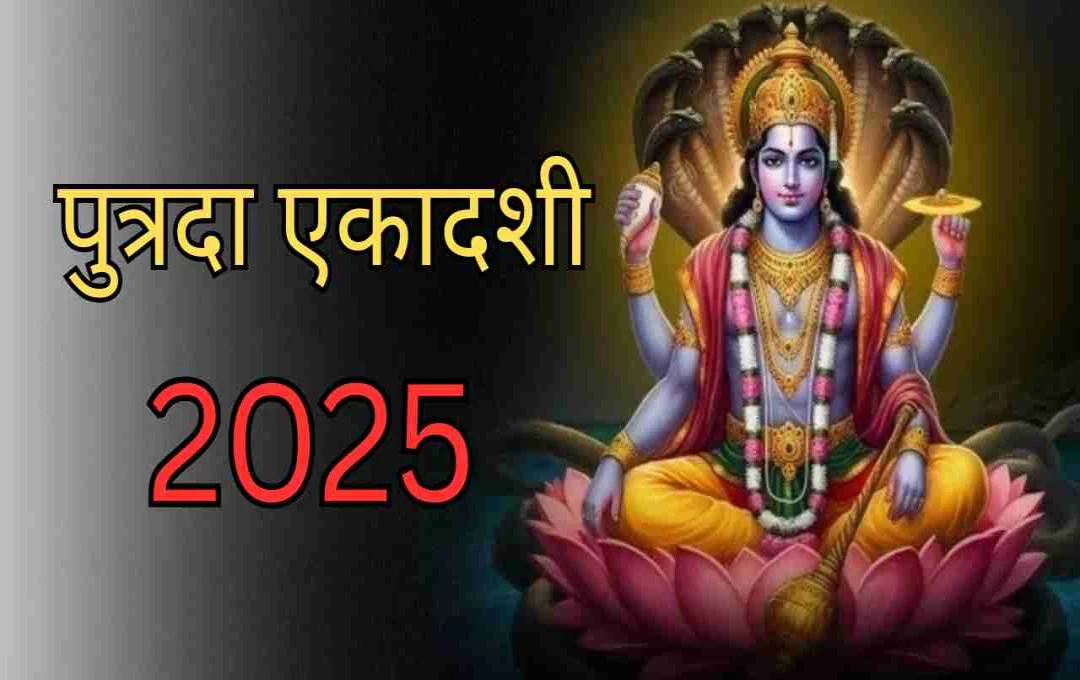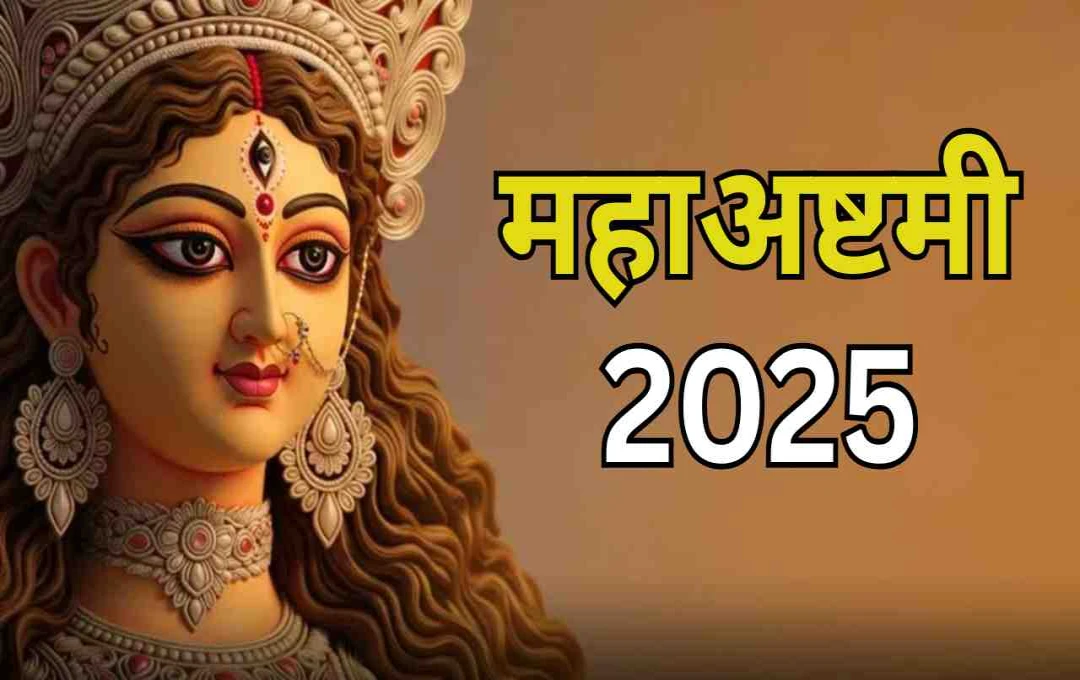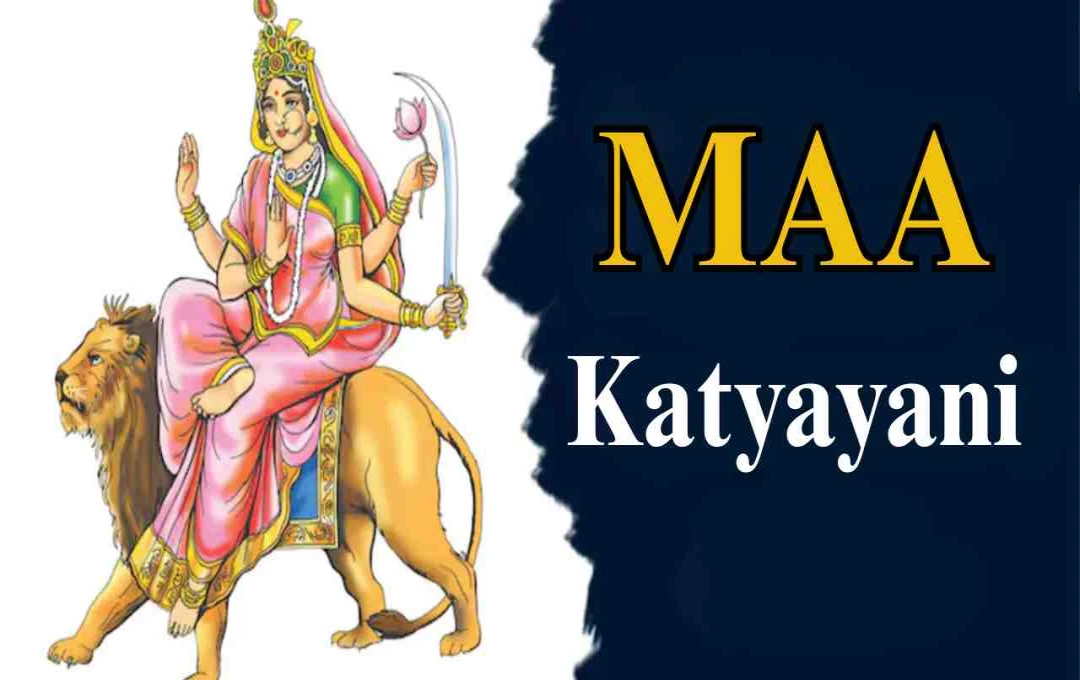According to mythological tales, Kirtimukha, born from the wrath of Lord Shiva, became a symbol of Nazar Battu over time. It is believed that its form wards off negative energies and the evil eye. Even today, it is installed on the walls of temples and homes as a symbol of faith and protection.
Origin of Nazar Battu: Mythology narrates that when the arrogant demon Jalandhar challenged Lord Shiva to battle, fire emerged from Shiva's anger and a terrifying creature was born, later named "Kirtimukha." It is believed that this form devours negative forces and destroys greed and evil tendencies within devotees. This is why Nazar Battu is still considered a symbol of protection and prosperity on the walls of temples and homes.
An Amazing Creature Born from Shiva's Wrath
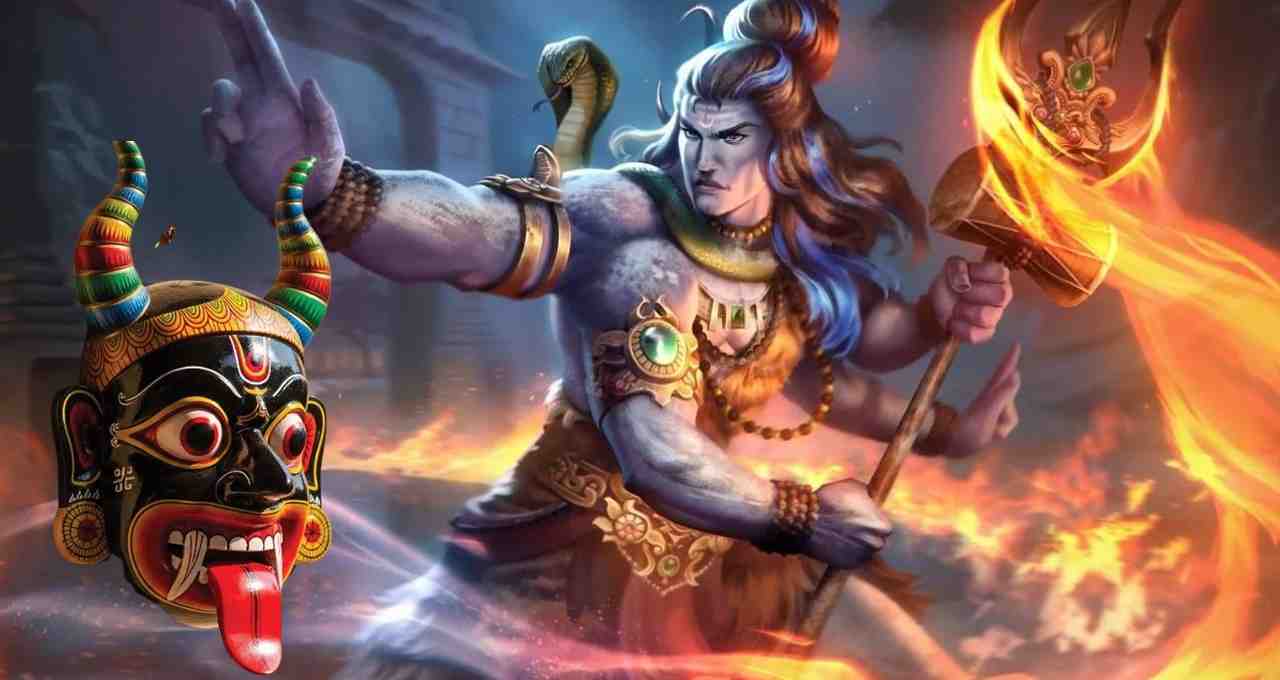
According to the Puranas, a long time ago, there was a powerful and arrogant demon named Jalandhar. He became so mighty that he even challenged the gods. His aim was to obtain Goddess Parvati, and driven by this greed, he challenged Lord Shiva to war. Jalandhar sent his messenger Rahu to Mount Kailash, where he challenged Shiva.
Upon hearing Rahu's words, Lord Shiva became extremely angry. Fire emerged from his wrath, and from it, a terrifying creature was born. This creature was neither entirely human nor demon. Its form was extremely frightening, and its instinct was to devour everything.
This creature asked Shiva, "Whom shall I eat?" To this, Lord Shiva ordered it to devour itself. Obeying Shiva's command, the creature swallowed its own body. After that, it asked again, "Now, whom shall I eat?" Seeing its obedience and devotion, Shiva was pleased and, naming it Kirtimukha, made it the protector of Shivaloka.
Kirtimukha Associated with Nazar Battu
It is believed that this Kirtimukha, over time, became popular as Nazar Battu. The image of Kirtimukha began to be placed on the gates of temples and the walls of houses. Its purpose was not merely decoration, but to ward off the evil eye and negative energies.
It is said that wherever the image of Kirtimukha is placed, no kind of negative energy can enter. This is why the tradition of Nazar Battu is still as alive today as it was centuries ago.
Symbol of Prosperity and वैभव
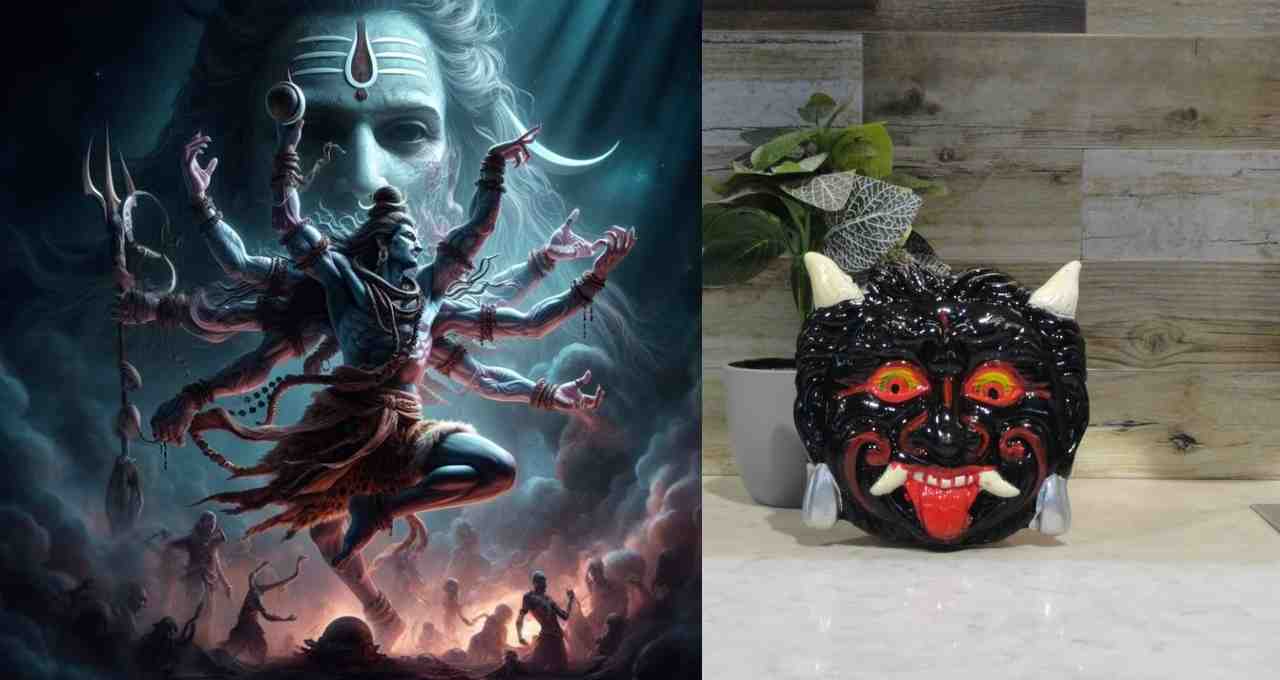
According to the Shivapurana and other religious texts, Lord Shiva blessed Kirtimukha to destroy the greed, deceit, and evil tendencies present within every human being. Because of this, Kirtimukha is considered a symbol of prosperity and वैभव (splendor).
Religious belief holds that whichever devotee approaches Lord Shiva for worship, Kirtimukha will first eliminate his evil emotions. This is why the image of Kirtimukha is often inscribed at the entrance of temples.
The Tradition Still Endures Today
Over time, this tradition became associated with people's faith, and the image of Kirtimukha began to be installed in homes as Nazar Battu. Even today, from rural areas to cities, this figure can usually be seen on the walls of homes and shops.
Linked to faith and tradition, this Nazar Battu is not just a symbol, but a symbol of belief and security. This story also gives us the message that true prosperity is possible only when we eliminate the negative thoughts and emotions within ourselves and move forward on a positive path.
